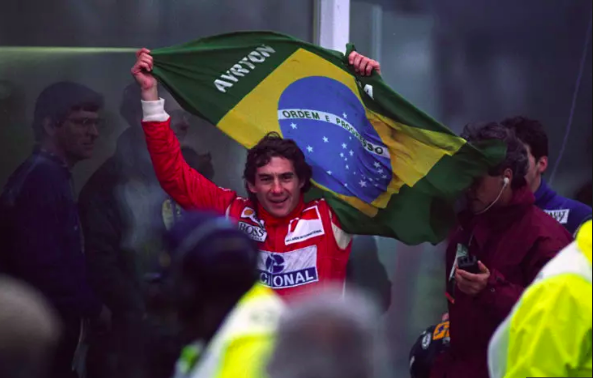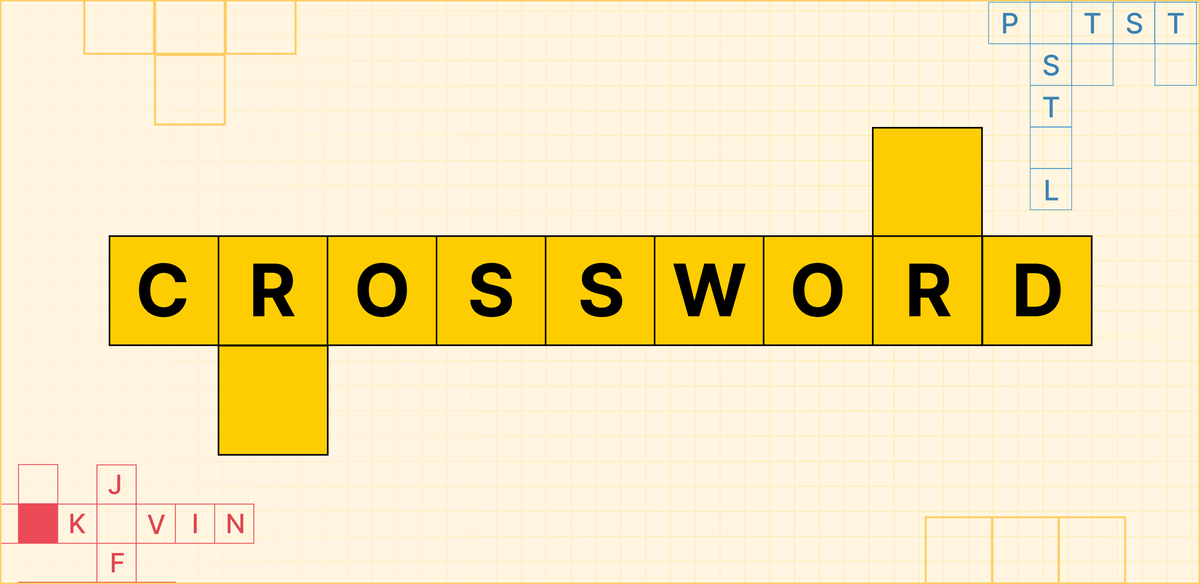

Famous Australian writer Gideon Haigh draws an analogy in his appreciation of Sir Donald Bradman, equating cricket to boxing. He says, “Watching Sir Donald Bradman was perhaps an ennobling experience; of a kind that one felt seeing Ali in the ring.”
It’s not hard to understand the profuse regard one of the finest wordsmiths around extends to one of the greatest sportsmen that ever lived.
But one wonders what parallel could one possibly use to celebrate Ayrton Senna, a man who had no parallels?
ADVERTISEMENT
Article continues below this ad
After all, true to any giant of the sport- complex to understand, impossible to imitate, easy to laud, even easier to fall in love with- Ayrton Senna was no ordinary sportsman.
At his peak, in the eighties and the early nineties in Formula 1, a time when there was no such thing as a DRS zone, an era where drivers often had the control of the steering wheel, not the other way around, Senna was the living adjective of speed.
He was doing things to the sport that had previously been unachieved, if not unimagined. For instance, 6 victories at Monaco, 5 at Brazil, an overall record of having won a Grand Prix at 17 separate destinations.
But akin to a true artist, who loved putting more colors to the canvass, seldom shying away from adding a few of his own to the sport, Senna even battled the ravages of nature.
Could there have been a better “Regenmeister” than Ayrton Senna as seen in that legendary drive at Donnington Park in 1993?
Could there have been a better combatant of the physical odds F1 challenges its battlers with than what Ayrton Senna demonstrated in winning his maiden Brazilian Grand Prix, those muscles jammed by intolerable physical exertion in 1991?
For a man who was defined by pure passion one who possessed a studious bent of mind, Senna also brought to F1 a jagged edge.
He was as fiery as he was determined to win.
During different intervals of the same Grand Prix, Ayrton Senna was both- salubrious in his win and dismissive in the way he obliterated his opponents.
Does the Grand Prix at Suzuka of 1989 serve an example?
But it would be impossible to remember Senna without touching upon the softer, humane and sincere side of his ferocious personality.
It’s what lies within the rough edges and the fury that matters in ascertaining the persona of a man who none can be and many would give an arm and leg to match.

via Imago
Motorsport.com
Senna lent to F1 a fabric of humanity as also an extension of it. Most of us, to this day, opt to judge the man whose titanic duels and ego hassles with Alain Prost– another genius of a kind- splintered F1, corrupting its fabric with temper and one-upmanship.
But how many of us remember to acknowledge, let alone credit the compassion and simplicity with which Ayrton extended his hand to his numero uno “rival” Prost during the time of handover of trophies?
Remember the 1993 Australian GP at Adelaide, with Senna reaching out his hand and friendlily pulling Prost toward him?

No one stood up to Prost the way Senna did. And it’s equally baffling and ultimately heartening that none had imagined there would be a day when an opponent utterly bemoaned by his opposite number would end up being the pallbearer of that very man.
In Asif Kapadia’s widely acclaimed documentary, you tend to realize a lot more than how racing defined Ayrton Senna, a man who loved to win, a bloke who, perhaps egotistically declared, “I am not designed to come second!”
You tend to visit the seldom unvisited side of a man, who, beyond the realm of wins and losses, the staggering 41 wins, 80 podiums, 65 poles, and 3 titles- stood for finding one’s peak.

via Imago
You see the heart of a champion and the fact that it’s ultimate devotion to one’s craft that ultimately makes one a champion.
And akin to the famous saying that when one visits (spiritual heartland) India, one doesn’t only visit India; but also visits himself, it can be said that, when one visits the world of Senna, one doesn’t only visit the glories but the trials and tribulations the man withstood to become the icon we know him today.

via Imago
motorsport.com
Had the lows of being alone outside Brazil (“78…I first came to Europe), the indifference extended to Senna by a very Prost-favouring F1 boss have made Ayrton what he turned out to be?
In the classic sense, therefore, could the multiple title winner have been the man he became had he not been daunted and challenged by situations that were adverse to him winning?
Senna’s aren’t made in a day.
Senna’s aren’t made on the track alone.
Senna is a signature of excellence, the ability to sail over crises, without losing self-belief.
How lonely might have that youngster been who came to a country he knew nothing about at a time where he didn’t even speak the language, let alone entertaining the idea of gelling well with a crowd that just wasn’t him?
But you visit the ordinariness and the simple pleasures of life when you visit the passion in Senna’s voice as he goes on to describe the greatest driver he ever saw: Fullerton!
ADVERTISEMENT
Article continues below this ad
Remember?

via Imago
joe.ie
It’s a shame we don’t have Ayrton Senna among us today. It’s an even bigger shame for generations watching Formula 1 today who weren’t even around when an ill-fated event in F1 consumed a man so ever-present in racing DNA that he became history!
ADVERTISEMENT
Article continues below this ad
But above all, it’s a shame to even entertain the idea that Senna is dead. How can that be?
For as long as F1 shall live and there’ll be a passion to explore that which lies at the other end of speed- beyond the clutches of victory or defeat there’ll be an Ayrton Senna, whether in a spark of talent called Charles Leclerc or a streak of domination as seen in Lewis Hamilton.

Challenge Your Sports Knowledge!
Solve the puzzle and prove your knowledge of iconic players, terms, and moments.


